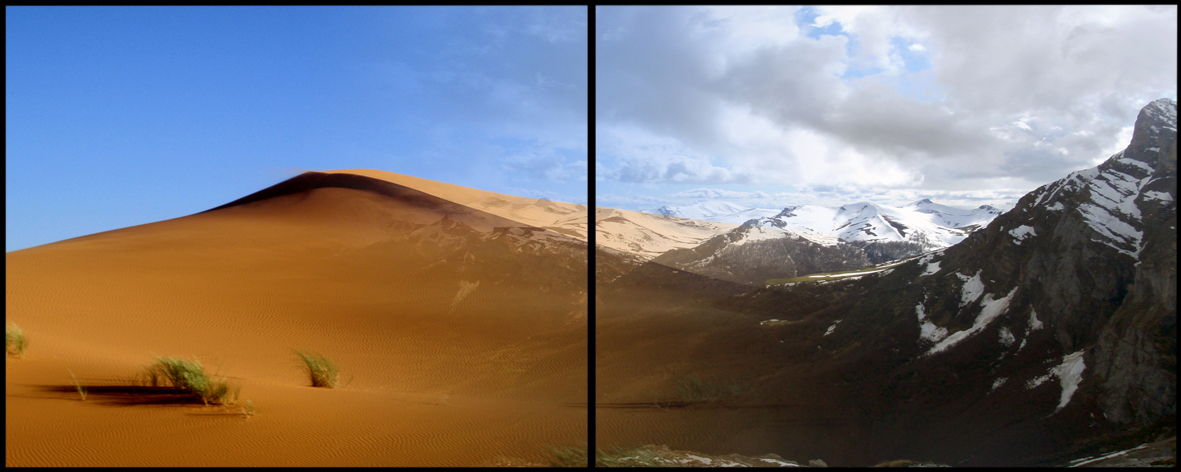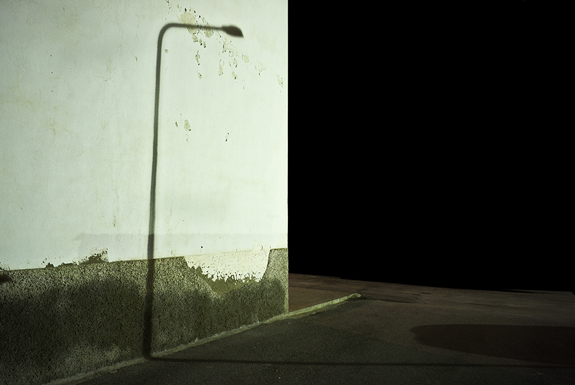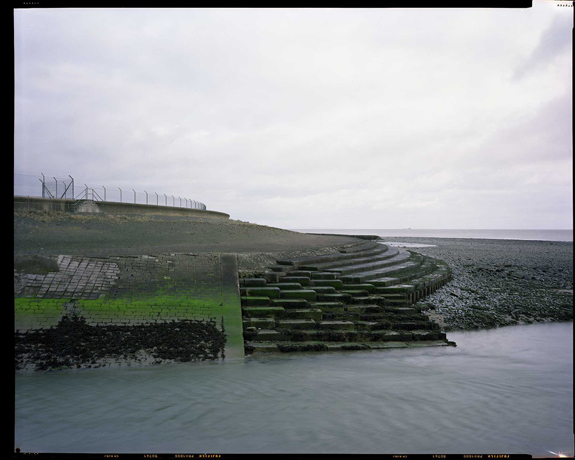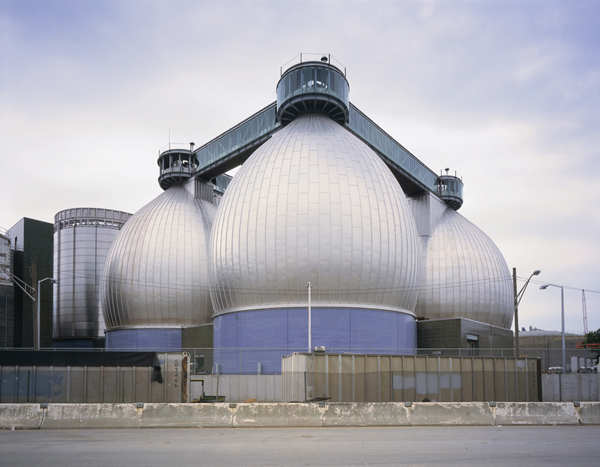
One For the Mind, Two For the Eye and Seven (plus or minus two) for the World started on the road while working on a previous project and makes a direct reference to George Miller’s paper from 1956, in which the limits of working memory are addressed and the number seven is proposed as a reference number for the amount of elements that an individual can pay attention to.
The aim of this project was to combine contradictory landscapes in a diptych while proposing a speculative formulation of the ontological nature of contradictions, the importance of attention in perception and the observer’s movement required to articulate contradictions.
Each diptych in the series proposes two contradictory images that contaminate each other (juxtaposed and fading) to create a place in-between that emphasizes their similarities while retaining their differences. The union of the frames reaffirms the autonomy of each image and their implicit relation, which can only be answered by an observer. We, in our embodiment, access the world instead of representing it, and accessing the world requires movement to allow the articulation of ontological contradictions, in a world that is also in movement.
— Miguel Santos, London, UK & Lisbon, Portugal


